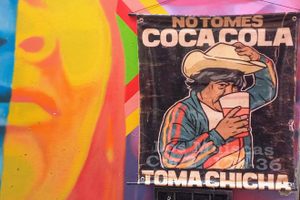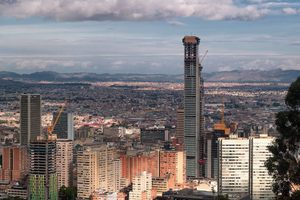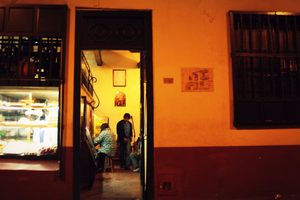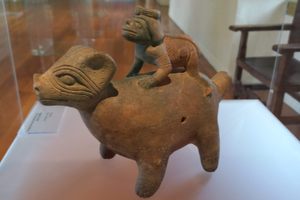About
When it comes to gold, few museums on earth can rival the Museo del Oro in Bogotá. Its spectacular collection of more than 34,000 pre-Columbian gold artifacts is the largest in the world, with relics from the various cultures that inhabited Colombia before the Old World collided with the New.
Since the 1930s, Colombia's Bank of the Republic has been helping to preserve, catalog, and exhibit some of the country's most treasured historical artifacts. Among these is a vast collection of gold, housed in the Museo del Oro in Bogotá.
The museum's collection of 34,000 pre-Columbian gold artifacts is the largest on earth and includes pieces from Colombia's various indigenous populations, including the Calima, Muisca, Quimbaya, San Agustín, Zenú, Tierradentro, Tolima, Tairona and Urabá cultures.
Among these many pieces are two particularly special items: the Poporo Quimbaya and the Balsa Muisca. Many poporos–devices used to carry lime for the chewing of sacred coca leaves–have been found in archaeological digs in Colombia, but none are as famous as the Poporo Quimbaya. Dating back to around 300 AD, the poporo is made from tumbaga, an alloy of gold and copper, and would have been used during the ritual chewing of coca leaves in religious ceremonies. The Poporo Quimbaya has become a national symbol and has been represented on Colombia's currency.
Perhaps even more famous is the Balsa Muisca, or Muisca Raft, discovered in a cave outside Bogotá and now taking pride of place in the Museo del Oro. This artifact is directly connected to the legend of El Dorado, sometimes thought to refer to a city but actually recalling the mythical Hombre Dorado (The Golden Man), a mythical tribal chief, or zipa, of the Muisca civilization. The Muisca Raft is a miniature model of this Golden Man as he stands on a raft surrounded by his chiefs prior to his initiation ceremony, in which he is covered in gold dust before being submerged in Lake Guatavita.
Know Before You Go
The Museo del Oro is divided into various rooms highlighting different periods and processes including the Offering Boat Room where you'll find the Muisca Raft. Apart from the huge collection of gold, you'll also find many pre-Columbian artifacts made of pottery, stone, shell, wood and textiles. Nearly all exhibits have bilingual (Spanish and English) descriptions. The museum is located at Carrera 6 No. 15-82, Bogotá. Opening hours are from Tuesday to Saturday from 9 a.m. to 6 p.m. and Sundays from 10 a.m. until 4 p.m. (closed Mondays). The entrance fee is COP$4000 (about $1.35).
Colombia Discovery: Coffee, Art & Music
Explore Colombia's depth: art, history, culture & transformation.
Book NowCommunity Contributors
Added By
Published
October 2, 2018
Sources
- http://www.banrepcultural.org/bogota/museo-del-oro
- https://www.lonelyplanet.com/colombia/bogota/attractions/museo-del-oro/a/poi-sig/419245/363308
- https://www.afar.com/places/museo-del-oro-bogota
- http://www.colombia.travel/en/blog/culture/muisca-raft-symbol-el-dorado
- https://www.semana.com/cultura/articulo/los-75-del-museo-del-oro/409766-3
- https://www.colombia.com/turismo/sitios-turisticos/bogota/atractivos-turisticos/sdi461/75854/museo-del-oro
























































